Welcome to On Verticality. This blog explores the innate human need to escape the surface of the earth, and our struggles to do so throughout history. If you’re new here, a good place to start is the Theory of Verticality section or the Introduction to Verticality. If you want to receive updates on what’s new with the blog, you can use the Subscribe page to sign up. Thanks for visiting!
Click to filter posts by the three main subjects for the blog : Architecture, Flight and Mountains.
"Space isn't remote at all. It's only an hour's drive away if your car could go straight upwards."
-Fred Hoyle, British astronomer, 1915-2001

Besnier's Flying Apparatus
Many early attempts at flight were taken by people who had no formal background in the subject. Pictured above is Besnier, a locksmith from Sablé, France. In the 1670’s, Besnier had become obsessed with flight, and sometime around 1678 he built and tested an apparatus to mimic the beating of a bird’s wings.

The Tallest Building in The South
To hell with context. The artist behind the postcard above must have been thinking something similar when conjuring up the fantasy that was to be The tallest building in the South. I use the term artist, rather than architect or designer, because the building depicted hasn’t been designed, but rather imagined. It’s a non-functional idea for a tall building, rather than an actual building proposal.
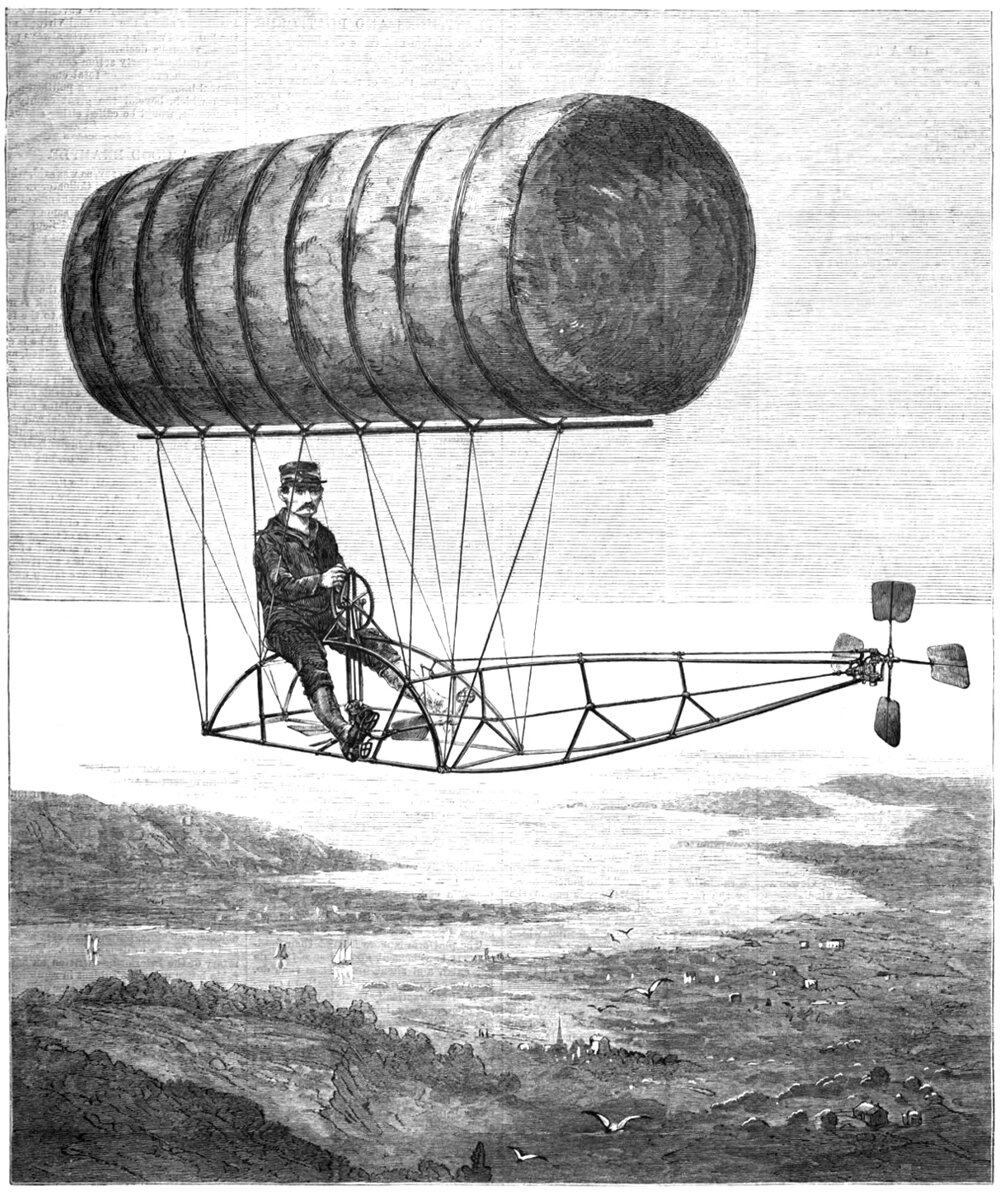
Charles F. Ritchel's Dirigicycle
This is the cover of Harper’s Weekly from July 13th, 1878. The issue featured an etching of a man sitting on a tubular frame, suspended high in the air by what looks like an elongated bail of hay. The man pictured is Charles F. Ritchel, and he’s piloting his design for a dirigible. A dirigible is an airship capable of being steered (it comes from the Latin word dirigere, which means ‘to direct’), and the bail of hay is in fact a bag of rubberized fabric called ‘gossamer cloth’, filled with hydrogen gas.
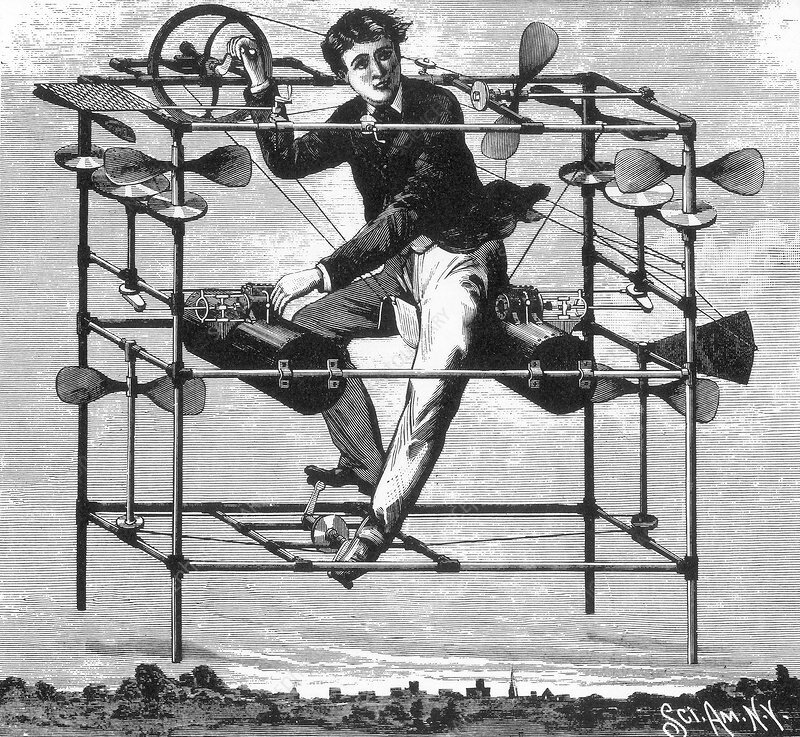
William O. Ayres' Aerial Machine
There have been myriad ideas and inventions for flying machines over the years, and this one caught my eye for various reasons. It’s a design by William Orville Ayers from 1885, and it’s called the New Flying Machine. Ayers was a physician who was interested in the natural sciences, particularly ornithology (the study of birds). This interest in birds no doubt expanded to flight, and ultimately led to the design for a flying machine pictured above.
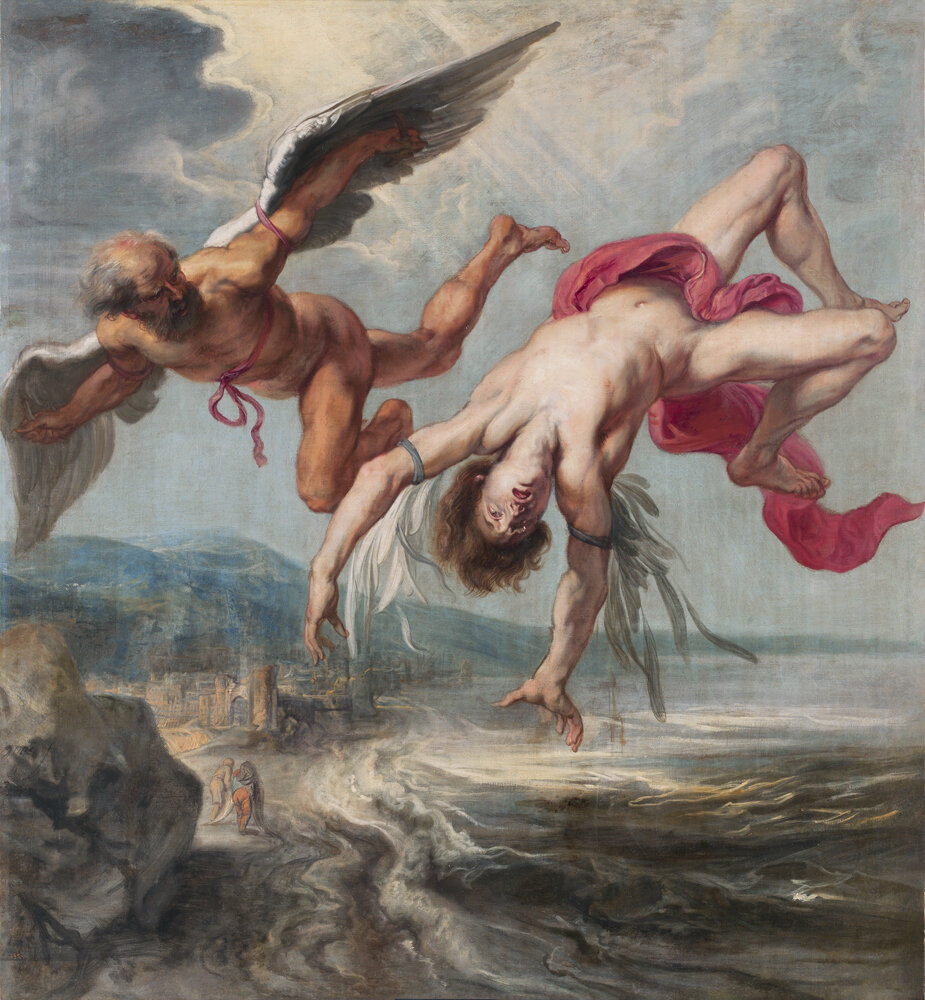
Liftoff and the Freedom of Flight
Flight has captivated humanity since pre-history. The space above our heads represents freedom, and flying through it represents an escape from our surface-based lives. To fly is to break free of the shackles of a surface-based existence and achieve a higher level of being.
"The desire to fly is an idea handed down to us by our ancestors who ... looked enviously on the birds soaring freely through space ... on the infinite highway of the air."
-Wilbur Wright, inventor and aviation pioneer, 1867-1912

Verticality, Part XI: Breaking the Box
A rebellion against spacecraft and efforts to humanize the tall building
The human experience of stacked, identical floors on top of one another was foreign to our surface-dwelling nature. The disconnected, isolated experience of International Style buildings took us up to the sky, but cut us off from everything surrounding us. This lack of variety in tower floors and the monotony of box-like tower forms would begin to be challenged by architects. This signaled that we needed to humanize our experience of Verticality again. Instead of monotonous boxes, towers began to see their forms eroded away in order to create more varied experiences within them. We needed to recreate the surface in the sky.
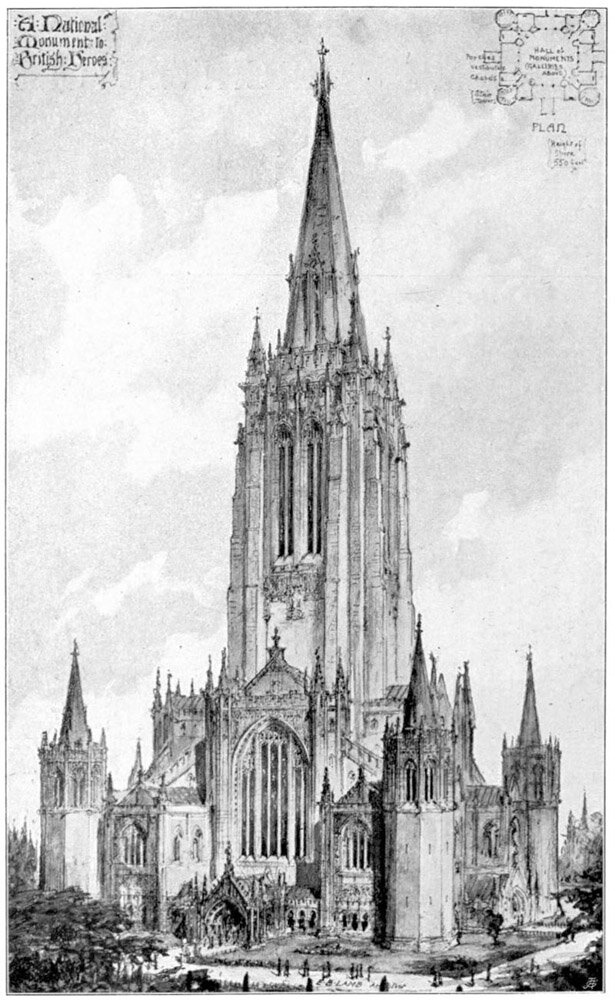
Edward B. Lamb's Monument to British Heroes
This is the National Monument to British Heroes, proposed by Edward B. Lamb in 1901. The structure was meant to house a hall of monuments and galleries, presumably to honor those who had died for the British crown throughout history. The proposal consists of a massive central belfry topped with a steeple and flanked by four turrets at its base.
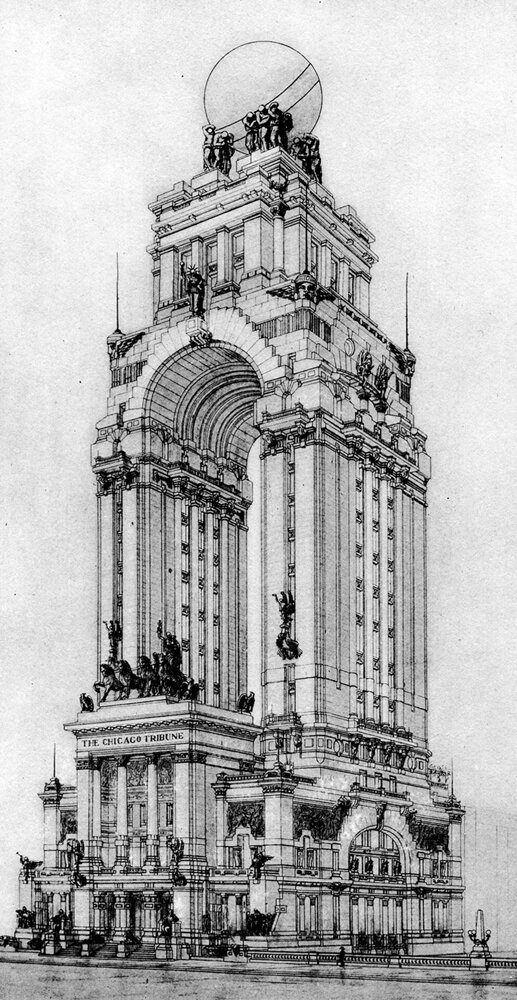
Saverio Dioguardi's Tribune Tower Proposal
Every time I research the Chicago Tribune Tower competition, I run into this proposal by Italian architect Saverio Dioguardi. His design is wonderfully flamboyant, and it’s more of a monument than a building. There’s something eye-catching about the sheer audacity of it, however, which is why I’ve singled it out here.
"For my part I know nothing with any certainty, but the sight of the stars makes me dream."
-Vincent van Gogh, Dutch impressionist painter, 1853-1890
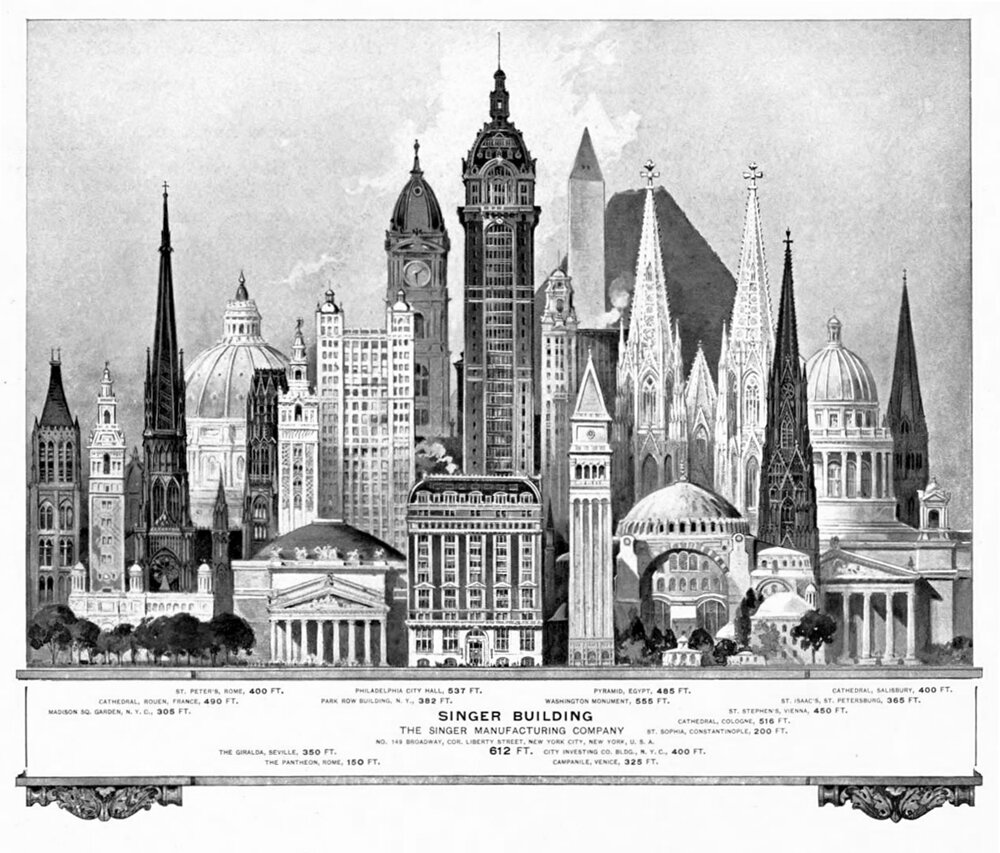
Height Lineups and the Abstraction of Verticality
Height lineups like this serve to illustrate how important Verticality is to the perception of our tall buildings, and studying this example got me intrigued about the nature of drawings like this. After some digging, I found many more examples of height lineups throughout the past two centuries, and there are curious commonalities throughout all of them. For starters, they are just beautiful drawings to study. On a deeper level, they provide us with a window into the perceived importance of buildings during a given time in history.
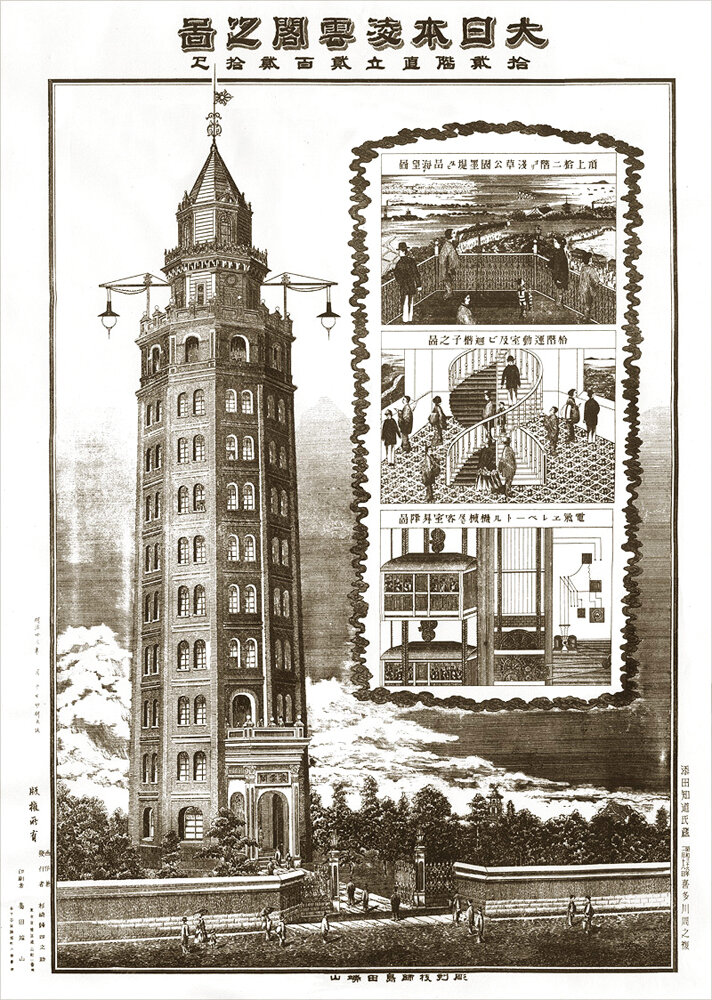
Ryōunkaku Tower: Japan's First Skyscraper
This is Ryōunkaku, Japan’s first western-style skyscraper. Built in 1890 in the Asakusa district of Tokyo, Ryōunkaku resembles a lighthouse, with an octagonal plan and a slight taper, topped with two setbacks and a pointed roof. The name Ryōunkaku translates to Cloud-Surpassing Tower, which indicates the importance of Verticality for the building’s landmark status.
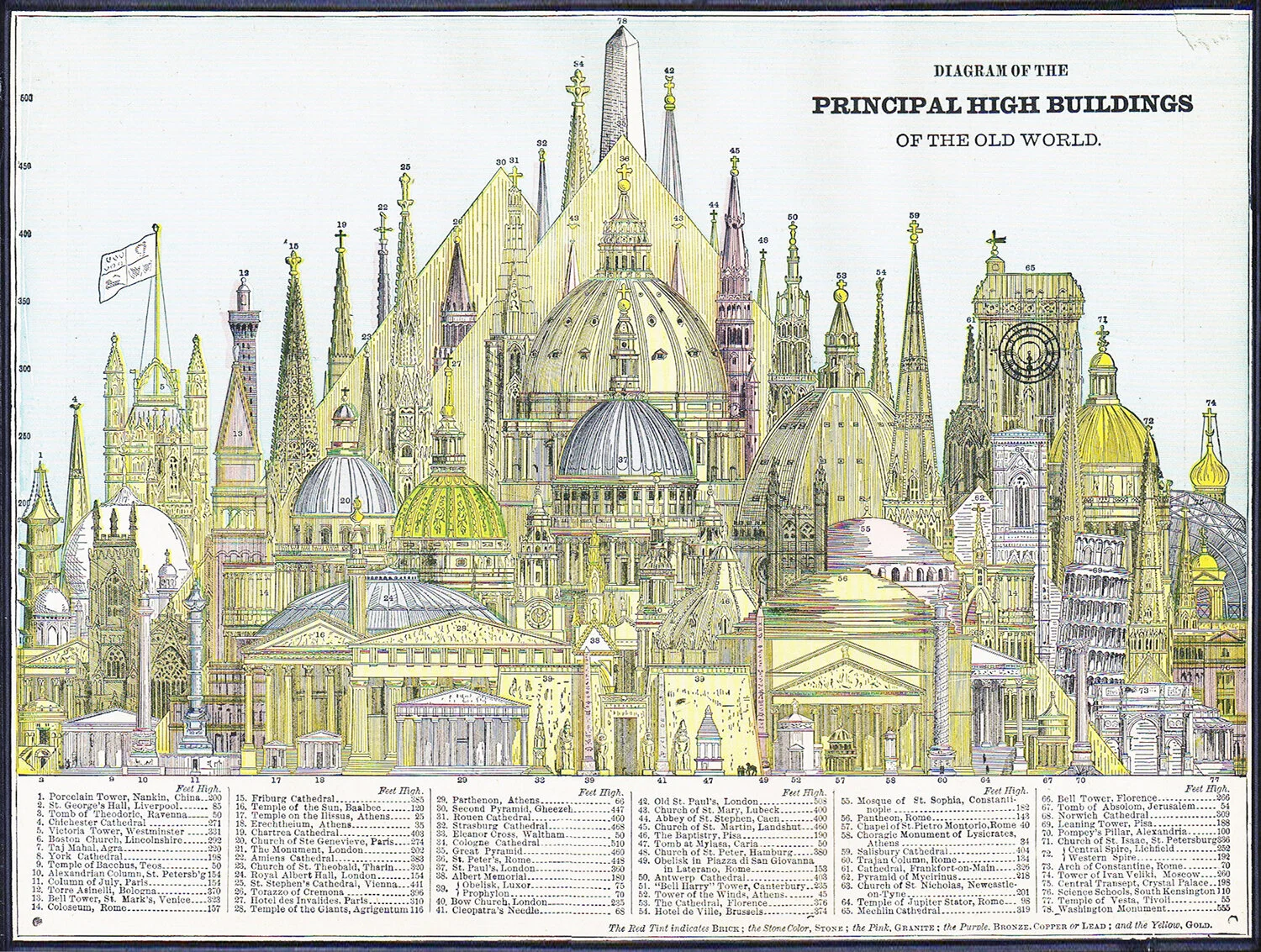
Domes and Steeples of the Old World
This drawing is from an 1884 issue of Cram's Unrivaled Family Atlas of the World, and it depicts the Principal High Buildings of the Old World. What’s striking about the composition is how many domes and steeples are featured. Aside from the hulking pyramids in the middle ground, there is a forest of slender steeples running along the background, along with a bunch of bulky domes that dominate the middle of the diagram. Steeples and domes were our most popular methods for achieving Verticality throughout history, with each form pushing up towards the sky and announcing its presence, and therefore importance, to the surrounding landscape.
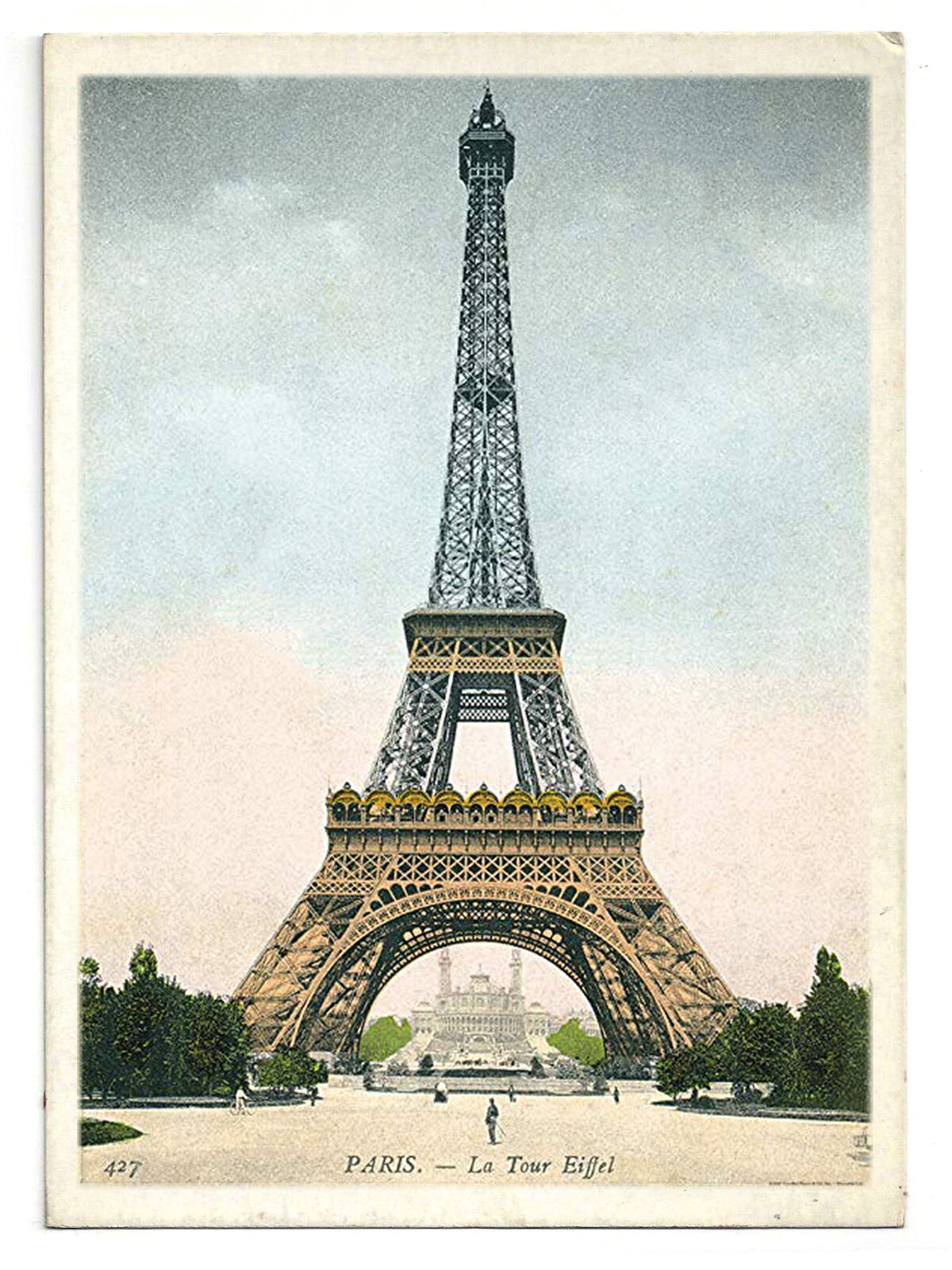
Verticality, Part X: Conquering The Skies
The construction of the Equitable Building in 1915 ushered in a new age of skyscraper design. Humans were now able to escape the surface of the Earth with our interior environments, and our need for Verticality had ceased to be driven by the unknown. It was now driven by our need to congregate through density and to distinguish ourselves from one-another. Ego had replaced God, and as a result our quest for Verticality would become synonymous with human achievement.
"The human bird shall take his first flight, filling the world with amazement, all writings with his fame, and bringing eternal glory to the nest whence he sprang."
-Leonardo da Vinci, Italian painter and inventor, 1452-1519
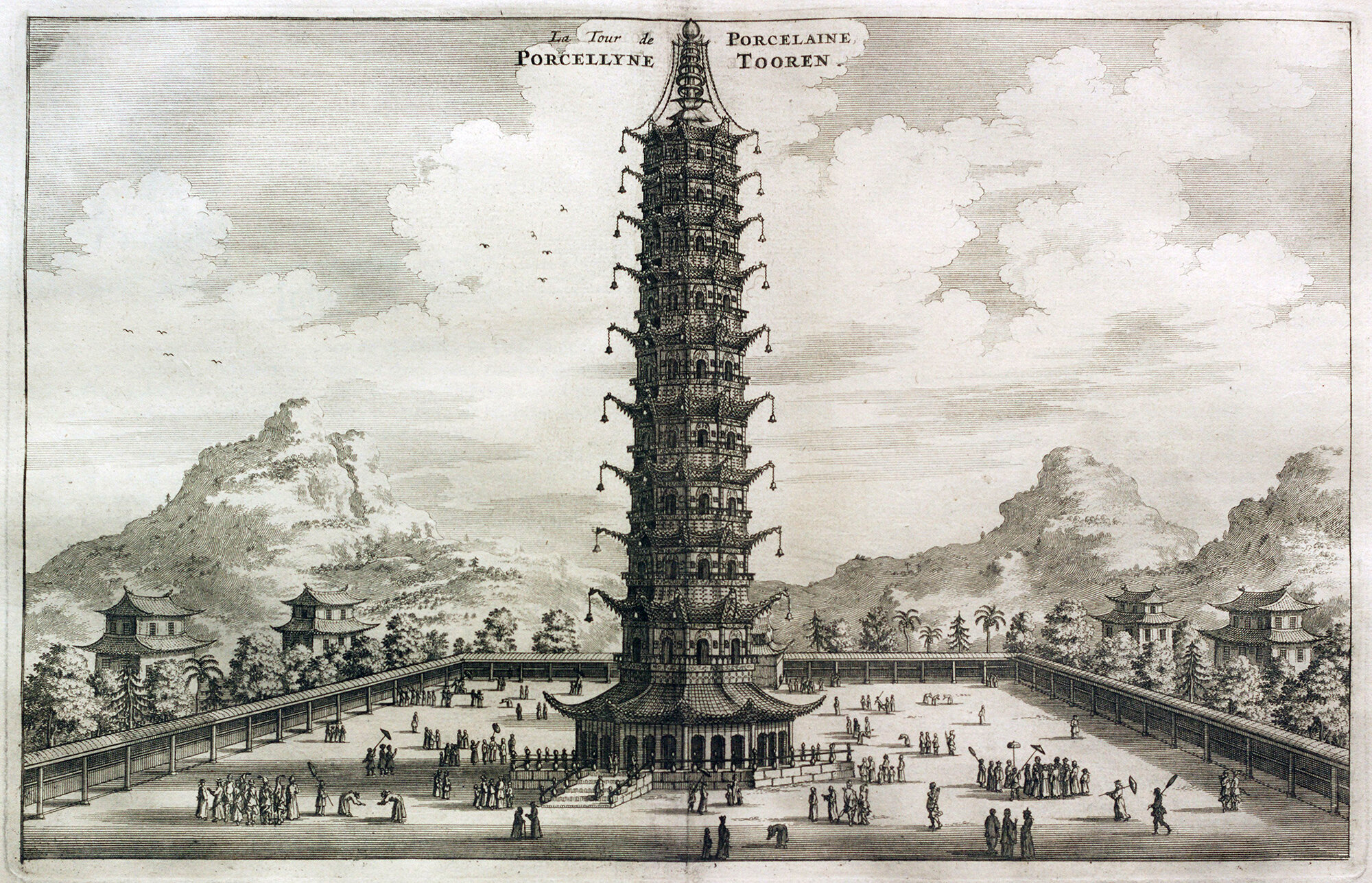
The Porcelain Tower of Nankin
This is the Porcelain Tower of Nankin. It stood at a height of roughly 79 m (260 ft), and is one of the tallest pagodas that we have records of. It was built as part of the Great Bao'en Temple in present-day Nanjing, China. Pagodas are usually associated with a temple, which suggests that they function much like a bell tower or steeple, using Verticality to announce the importance of a place.
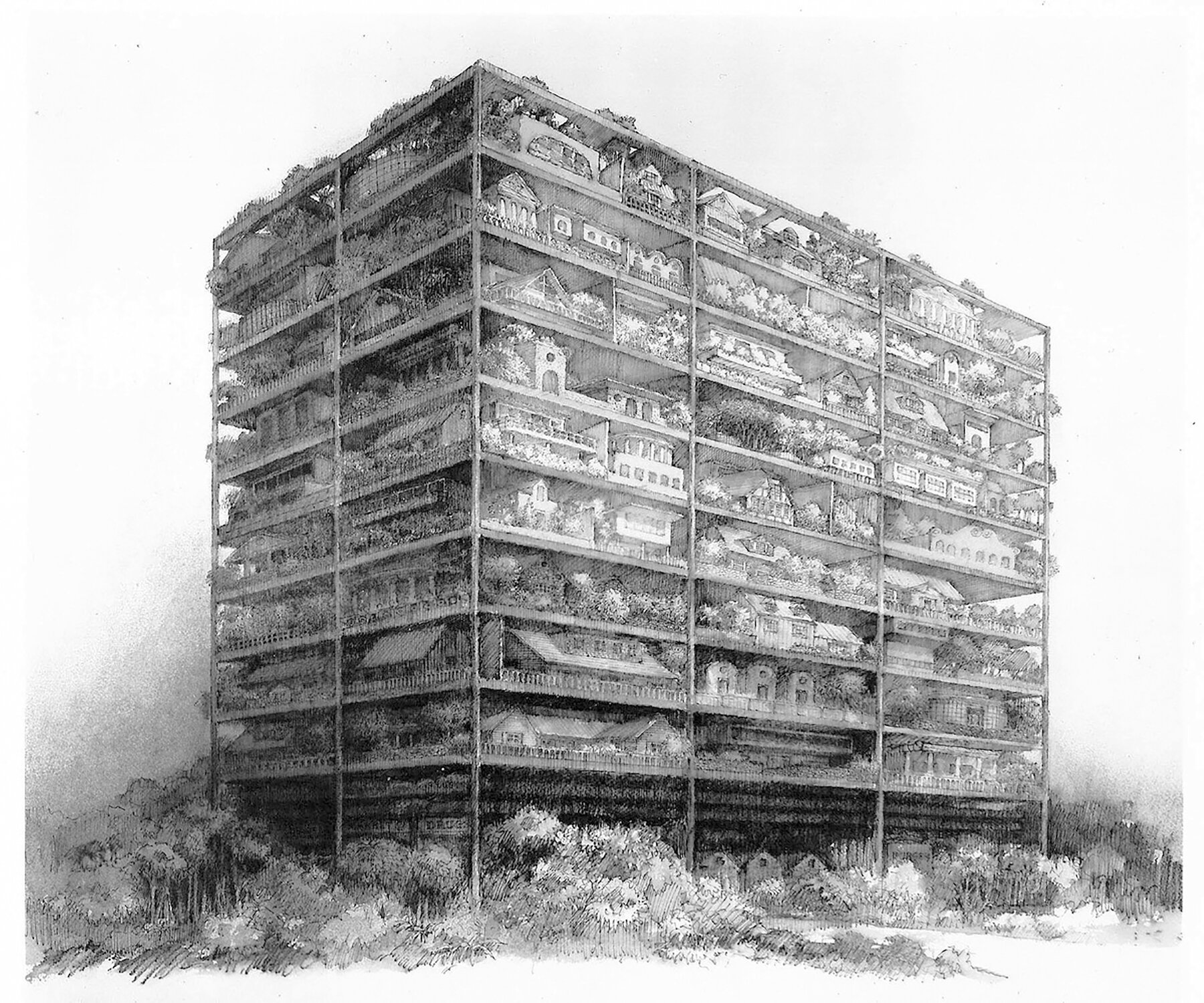
James Wines and the Highrise of Homes
This is the Highrise of Homes, designed in 1981 by James Wines and his firm SITE. The project consists of a series of stacked levels with individual homes built throughout each level. These homes appear much like the single-family detached homes of suburbia, which is a curious mashup of typologies. Wines is using Verticality to re-arrange a typical suburb into a vertical tower, complete with sidewalks, front and back yards, and pitched roofs. This rearrangement creates some curious scenarios and experiences which are worth pondering.
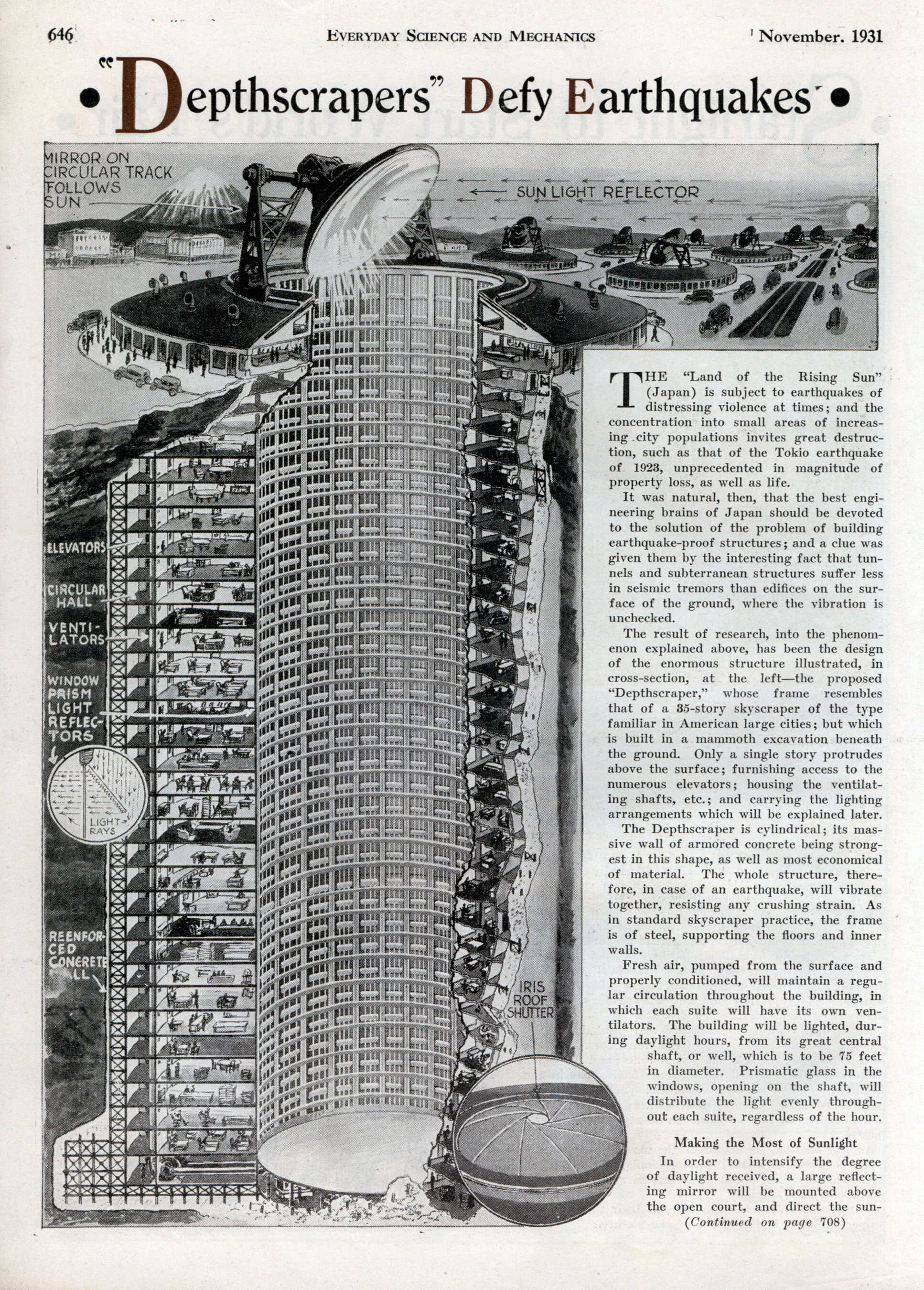
The Earthquake-proof Depthscraper
Take a look at this design for a subterranean tower from Everyday Science and Mechanics in 1931. The structure was designed by Japanese engineers in response to earthquake concerns, so the building claims to be ‘earthquake-proof’. Technical aspects aside, questions abound regarding the experience of living or working in such a structure.
"Man must rise above the Earth, to the top of the atmosphere and beyond, for only thus will he fully understand the world in which he lives."
-Attributed to Socrates, classical Greek philosopher, circa 470-399 BC
